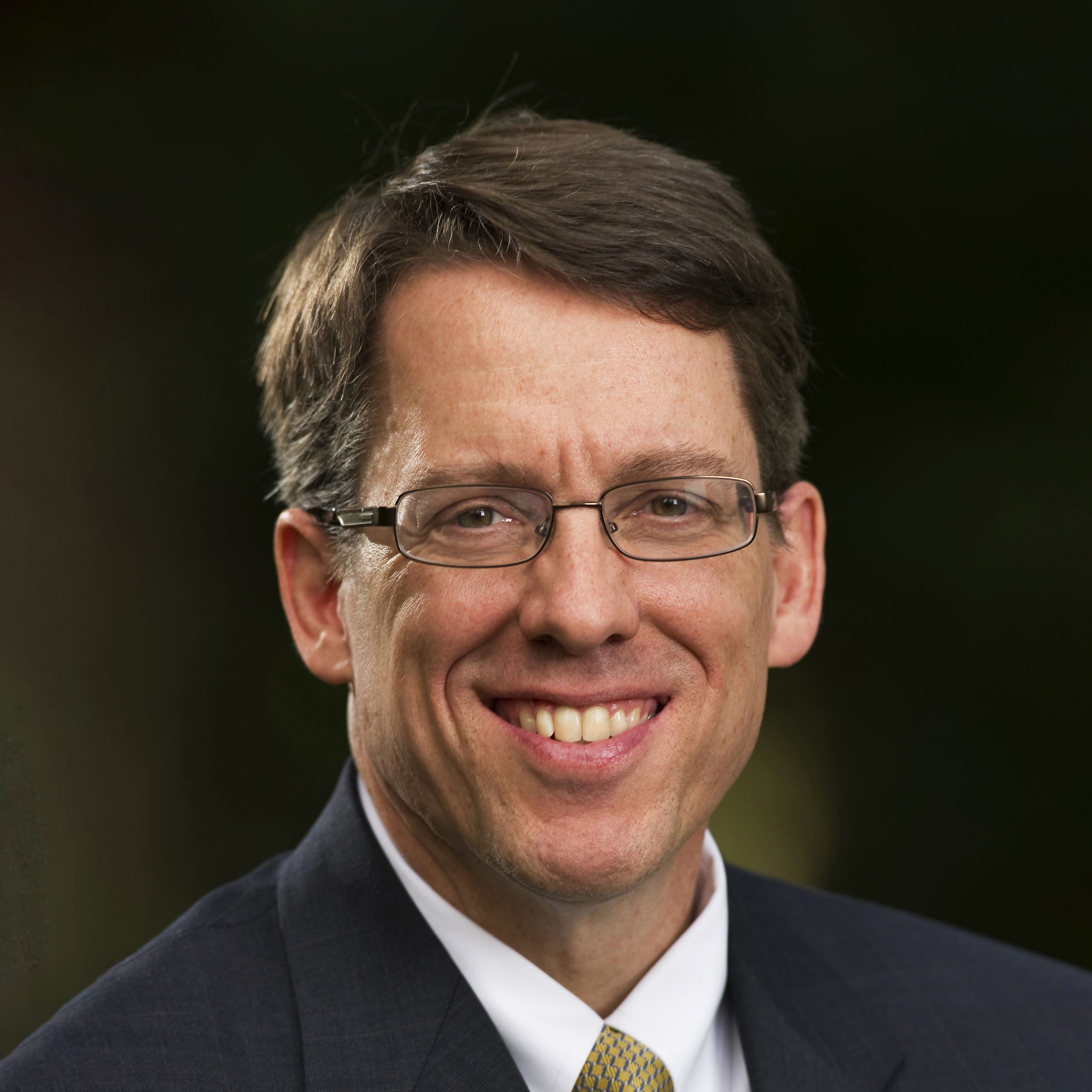Re-Imagining the Gospel
April 30th, 2012Many of us will remember the 1993 Re-Imagining conference held in Minneapolis which drew so much national attention. The central purpose of the conference, as I recall, was to help the wider church more fully support the role of women in leadership in the church. This was, and continues to be, an important conversation in the church and I, for one, support the full participation of women in the life and work of the church. However, the conference (sponsored by the World Council of Churches) quickly became a time to “re-imagine” the doctrines of God, church, salvation and so forth. So what could have been a careful reading of Scripture and the history of the church in light of new and real challenges, became an open denunciation of historic Christian faith. Songs were sung to a God/dess Sophia. One of the plenary speakers was famously asked about the doctrine of the atonement. She replied that we “don’t need a theory of atonement” and then went on to say that “I don’t think we need folks hanging on crosses, and blood dripping and weird stuff.” That statement speaks for itself.

It is perhaps time for a new Re-Imagining conference, but this time a call to re-imagine a church faithful to the gospel and historic faith. Perhaps this General Conference, or a future one, could truly become a re-imagining conference. I would like to re-imagine a few things by invoking our collective memory of the following:
First, let’s remember that the United Methodist Church is the greatest church planting movement in the history of the United States. No other denomination in our history has planted a church in every county in the country. That is an astonishing feat. Can we re-imagine ourselves as a great new church planting movement?
Second, let’s remember that our movement has produced some of the most effective, reproducible models for Christian nurture and discipleship in history. Our very name, ‘Methodist’ was a reflection of the strict ‘method’ we used for discipling new believers. Can we re-imagine ourselves as a great discipling movement?
Third, let’s not forget that the Wesleyan doctrine of salvation was fully Trinitarian. It wasn’t enough to be justified by Christ. One must be sanctified by the Holy Spirit. It wasn’t enough to be “declared righteous” (alien, imputed righteousness), we must be “made righteous” (imparted righteousness). The linking of prevenient, justifying, sanctifying and glorifying grace in the writings of Wesley remains one of his great legacies. We have a message of transforming grace. Can we re-imagine ourselves as a movement of grace and life?
We live in a day when the church seems to work overtime to erase every possible distinction between the world and the church. However, the world needs Jesus Christ. The world needs to hear the gospel. The world needs the wonderful ministry of the church as an embodied community living out all the realities of the New Creation in the midst of a broken world. Let’s not forget this. Let’s re-imagine ourselves with a prophetic imagination. Let’s re-imagine ourselves as a gospel proclaiming, church planting, disciple making, grace filled movement bringing life and hope to all!
Is this possible? Do I have hope for the United Methodist Church? Yes it is. The very Christ we proclaim in the gospel is the greatest impossibility made possible. In fact, the gospel emerges in the context of two “impossibilities.” As someone once noted, He entered the world through a door marked “no entry” (a virgin womb). He left through a door marked “no exit” (a tomb). Two “impossibilities” made possible in Jesus Christ. Yes, we can imagine the “impossible” made possible again!
Feedback
Please fill out the form below if you would like to provide feedback to Dr. Tennent concerning this blog entry.


